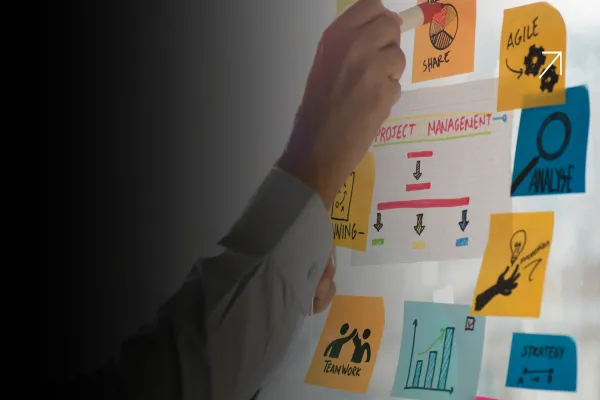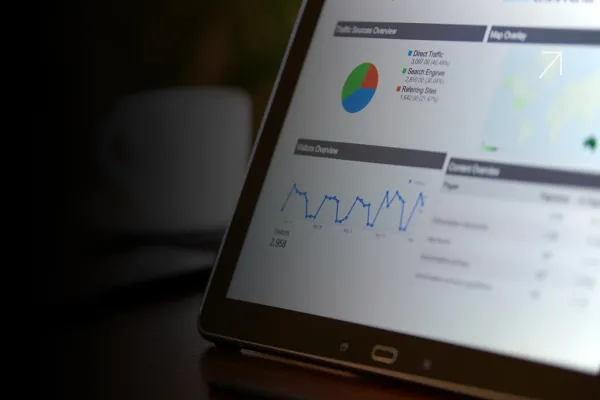The pharmaceutical industry has entered a new marketing era. Reps alone can’t carry the message. Patients expect digital continuity. Regulators demand compliance at every step. And CMOs are expected to deliver outcomes with fewer resources. The only way to keep up is with a modern Martech Stack, which is defined as the set of marketing technologies that powers campaigns, automates workflows, and connects every engagement back to data.
By 2025, CMOs in pharma and healthcare can’t afford to see martech as “just tools.” The right stack is the growth engine: it drives personalization, automates compliance, and proves ROI. The wrong stack creates silos, delays, and wasted budgets. This guide breaks down what a modern pharma martech stack should look like, and gives you a practical checklist for scaling it.
What Is a Martech Stack?
A Martech Stack is the collection of marketing technologies that work together to plan, execute, and measure campaigns. Think of it as the backbone of digital marketing. In the pharmaceutical industry, a martech stack is not just about running ads or sending emails: it’s about creating a compliant, data-driven ecosystem that connects doctors, patients, and regulators seamlessly.
A strong stack in healthcare and pharma typically includes:
- Content systems (CMS, DAM, PIM) for creating and distributing compliant materials.
- Customer data platforms for unifying doctor and patient insights.
- Marketing automation tools for running campaigns across email, WhatsApp, and portals.
- CRM integrations for field force alignment and doctor engagement.
- Analytics dashboards to connect marketing activity with prescription trends and patient outcomes.
That’s the difference between generic martech and martech for the healthcare industry: every layer must balance speed with compliance, personalization with control.
Why CMOs Need a Checklist for 2025
Pharma marketing has unique challenges. Campaigns can’t just be creative; they must be compliant. Doctors are hard to reach. Patients expect value, not noise. And boards demand ROI proof. That’s why CMOs need more than a shopping list of martech tools. They need a structured checklist to ensure the stack supports growth, not just complexity.
Checklist 1: Is Your Martech Stack Built on Marketing Automation?
Automation is the foundation. Without it, marketing remains manual, slow, and error-prone.
Why marketing automation matters
In pharma marketing, speed is everything. Approvals are slow enough, your execution shouldn’t be. Marketing automation lets teams create once and deploy everywhere: emails, WhatsApp, portals, and webinars. Campaigns scale without adding headcount.
Email marketing as the CMO’s quick win
Email marketing is still one of the most cost-effective channels, but in pharma it only works if integrated into a broader automation system. Automated workflows segment doctors by specialty, patients by behavior, and deliver compliant messages at the right time. That’s the difference between spamming inboxes and creating real engagement.
Automation with compliance guardrails
Marketing automation in the pharmaceutical industry must be compliance-first. Built-in approval workflows, audit trails, and consent management ensure that automation doesn’t become a liability. The right tools balance speed with safety.
Checklist 2: Do You Have a Unified View of Customer Data?
Scattered data is the single biggest blocker of growth in pharma marketing.
Why customer data drives outcomes
Doctors and patients don’t want generic campaigns. They want relevance. A unified view of customer data, across CRM, portals, events, and digital channels, allows personalization without chaos. That’s how you move from “mass messaging” to tailored HCP engagement and patient activation.
From data silos to single dashboards
Without integration, marketing teams chase reports across different systems. With the right martech stack, dashboards pull data from every touchpoint. CMOs can see which campaigns drove prescriptions, which channels doctors actually engage with, and where to double down.
Compliance in customer data management
In compliance in healthcare, data isn’t just an asset; it’s a risk if mishandled. Role-based access, consent tracking, and encryption aren’t extras. They’re non-negotiable. A modern pharma martech stack builds compliance into customer data management from the start.
Checklist 3: Are You Connecting Reps with Digital Engagement?
Pharma is not e-commerce. Reps still drive influence, but their impact is limited without digital reinforcement.
Omnichannel HCP engagement
The most effective martech for pharmaceutical industry links reps with digital channels. After a rep visit, doctors receive follow-ups on WhatsApp or email, access a portal, or join a webinar. This omnichannel approach extends rep credibility with digital continuity.
CRM as the connector
Your CRM isn’t just a database, but the bridge between offline and online. A well-integrated CRM tells reps when a doctor opened an email, attended a webinar, or downloaded content. That’s actionable intelligence, not just record-keeping.
Case example: phygital engagement at scale
In India, some pharma leaders have already combined local field reps with digital follow-ups in regional languages. The result: deeper doctor relationships, broader reach into Tier 2/3 towns, and measurable lift in prescription rates. That’s martech in action, not theory.
Checklist 4: Do You Have Analytics That Prove ROI?
Boards don’t want vanity metrics. They want outcomes.
Why analytics are the real test of martech tools
Without analytics, a martech stack is just expensive software. With analytics, every campaign is measurable: which content doctors downloaded, which email led to engagement, which webinar drove adoption.
From campaign metrics to business metrics
Clicks and likes don’t convince CFOs. Prescription lift, faster product launches, improved adherence: those are the metrics that matter. A good pharma martech stack example connects these dots, proving the value of every rupee spent.
Continuous improvement with data
Analytics isn’t just retrospective. Real-time dashboards help CMOs course-correct mid-campaign. That agility is what separates pharma marketing leaders from laggards.
Checklist 5: Is Your Stack Scalable for 2025 and Beyond?
The pharmaceutical industry is evolving fast. What works today may be outdated tomorrow.
Flexibility in martech tools
The best stacks aren’t locked to one tool. They’re modular, open to integration, and scalable. That way, if new regulations appear or new channels emerge, the system adapts without a complete overhaul.
Pharma-specific compliance solutions
Generic martech platforms miss the nuances of healthcare compliance. CMOs should choose tools designed for pharma: MLR automation, multilingual workflows, and region-specific customization built in.
Future-proofing with AI and automation
By 2025, AI-driven personalization, predictive analytics, and automated compliance will be table stakes. A stack that can’t plug into these innovations will hold you back. A stack that can adapt will accelerate growth.
Conclusion
The martech stack is no longer a side project for marketing teams, but the core infrastructure for growth in the pharmaceutical industry. CMOs who treat martech as a checklist, not a buzzword, will build systems that scale campaigns, ensure compliance, and prove ROI. Those who don’t will keep fighting silos, delays, and wasted spend.
In 2025, the question isn’t whether pharma needs martech. It’s whether CMOs can assemble the right stack fast enough to stay ahead.
Your Next Step in Building a Pharma Martech Stack
Pharma martech is not about tools, but about outcomes. CMOs who align their stack with automation, customer data, rep integration, and analytics will unlock real growth. The right martech for healthcare industry is execution-ready, compliance-first, and scalable. The time to build it is now.





